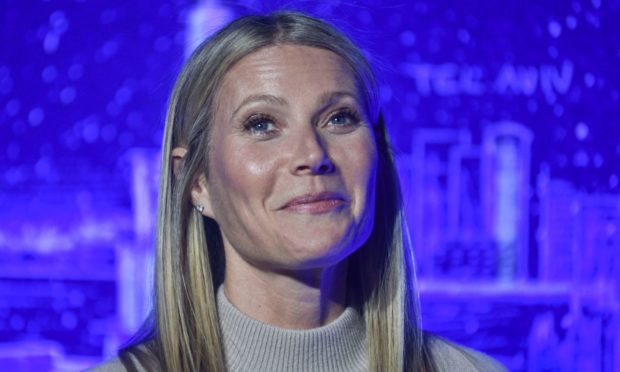So, Gua Sha. Any thoughts on Gua Sha? Anybody? (Unless you are Gwyneth Paltrow, in which case please keep your thoughts – and your vagina-scented candles – to yourself).
I was a little mystified to see Gua Sha (a natural rose quartz one, if you please) included in a list of ideal Mother’s Day gifts, along with wildflower-scented candles, silk pillowcases, “indulgent” face cream, cotton pyjamas and pink cashmere bed socks. Oh come on, children! Use your imagination. What about a wee spliff for your old dear?
Mothers, I fear, need something of a make-over. We are, as a species, either condemned to smell vaguely of lavender and lily of the valley while we sleep soundly on a silk pillow for 20 hours a day in our (pure cotton) PJs and (cashmere) bedsocks, or are being put into a disturbing new category – sexy moms.
Is there nothing in between the hypersomnia and sex kitten categories? I only ask because a male-owned sex toy company owner reckons it’s OK to send a vibrator as a Mother’s Day gift.
Seriously, son – it’s not OK. And everyone knows that mothers don’t know anything about sex.
I tell you the best gift I gave my mother – and the cheapest. Once, I travelled the usual 200 miles to see her. I was going to an event the evening before, but spending the next day with her.
Only, I arrived in the city a bit early and realised if I stopped off at my sister’s, where she was, I could spend 20 minutes with her before seeing her properly the next day.
What was the point of that extra 20 minutes? Wouldn’t it be better just to wait for my proper visit, rather than stop and start and risk being late for the event? But for some reason, I wasn’t to be deterred. Occasionally, I found myself thinking, well what if she’s not here tomorrow? What if I’m not? It was one of those days. So I stopped.
My mother had Parkinson’s and I was used by now to seeing her slumped in her chair, as if there was no longer any skeletal structure to hold her up. The eyes that had once been so vivacious seemed opaque, washed of colour, as if they looked but no longer saw. It always seemed, in the end, that she was consumed by a depression, that the mother I knew was locked somewhere in the prison of a mind that was now inhabited by someone else.
Occasionally, I caught a glimpse of the old her but, for the most part, she was hidden behind the rigid, mask-like expression that so characterises the disease.
Except this day was different. A few minutes after I came in and sat down beside her on the sofa, something washed over her. She rarely expressed emotion in the way she once had, but for the first time in a very long time, I felt a calmness, a rare contentment emanating from her. I was astonished when she looked at me with a vague smile, and even more astonished a few minutes later to feel her hand reach out softly and take mine.
She didn’t move and neither did I. Nor did we talk much. For a short time, I just enjoyed the feeling of her fingers entwined in mine, and the sense of peace that descended.
It lasted perhaps 10 minutes before the prison door slammed shut again. It is the best memory I have of her final years by far – and I so nearly missed it.
I know that coronavirus has changed this year’s Mother’s Day. Stories already abound about families divided. It was brought home so powerfully to me this week by the experience of hearing one woman’s tears at the prospect of not visiting her elderly mum on Sunday.
She worked in the NHS so I felt for her. There was, indeed, a small risk to such a visit. But while I understand that it must be safety first, I can’t help feeling that the risk of infection must be put in proportion and weighed against other things.
A key component of the government’s health and social care strategy is to equalise physical and mental health, and perhaps our attitude to Mother’s Day this year is an example of how far we still have to go in acknowledging the equal importance of both.
Physical health is obviously a key consideration – but so is mental health. Weighing up the psychological effects of not visiting, as much as the physical risks of doing so, recognises that we are minds as well as bodies.
I forget most of the presents I ever gave my mother, especially those for Mother’s Day. The clothes, the jewellery, the books. But I never forget the gift of company that I gave that day – or the enormous gift she gave me in return.
I certainly wouldn’t swap it for cashmere bed socks.
The truth is that time, love and personal contact get to the parts that Gua Sha, scented candles and vibrators simply cannot reach.











